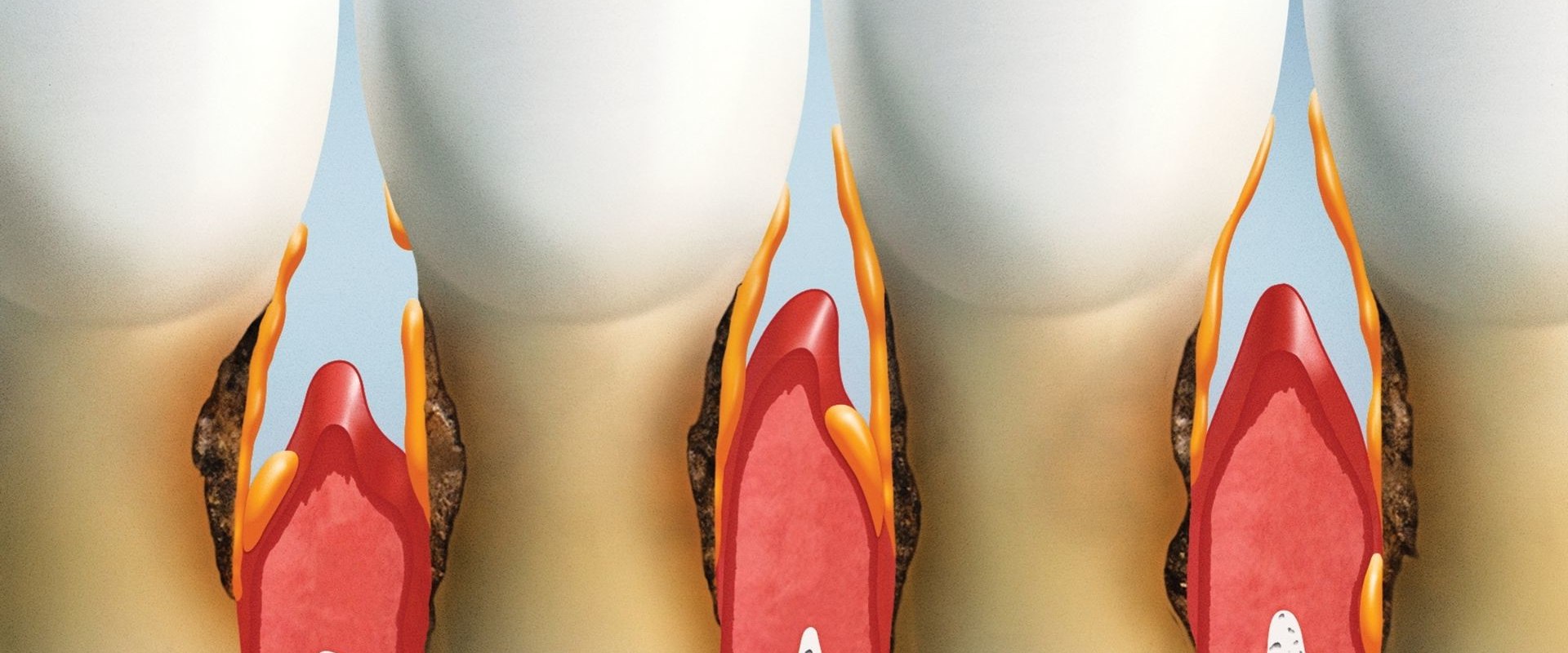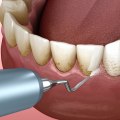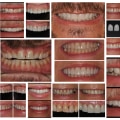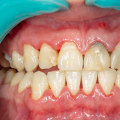If you have multiple gum pockets, your dentist may suggest scraping and root smoothing treatment. This is a professional deep cleaning that removes tartar from both the areas that are cleaned in a traditional way and from the root surfaces, in the hope that the gums will contract later. The procedure involves standard cleaning to remove plaque and tartar. The dentist will then smooth the root surface of the tooth, allowing the gum tissue to reattach to the teeth. This will close the gum pocket and prevent further infections from occurring and teeth being lost.
Scraping and root smoothing help to deeply clean the inside and around of periodontal pockets, removing plaque and bacteria from the tooth and from below the gum line. Scraping and root smoothing help reduce periodontal pockets and can heal gum tissue. This treatment prevents further infection and keeps your teeth and gums looking and feeling healthy. After peeling and smoothing the roots, most patients notice that their gums retract less and are restored. Your dentist may also recommend pouch reduction surgery. The surgery removes subgingival plaque and tartar, with the dentist using a root system and special scraping equipment.
Once the plaque is removed, an antimicrobial gel is applied as an oral irrigator to eliminate any bacteria remaining in the mouth. To do this, they will precisely measure the space between the gums and the teeth with what is called a periodontal probe. When the periodontal pockets are quite deep and there is a major bacterial infection, topical antibiotics can be given directly into the pockets to help improve gum health. The smoothing of these services also allows the gum tissues to reattach to the teeth more easily, causing the periodontal pockets to become smaller and, as they contract, they gradually tighten more tightly around the teeth. Depending on the severity of your periodontitis, your dentist may refer you to a specialist in the treatment of periodontal disease called a periodontist. Unfortunately, when periodontal pockets are deeper than two or three millimeters below the gum line, food debris can gradually accumulate, increasing inflammation and swelling of the gums as the infection worsens. A periodontist or oral surgeon will remove a section of the gum tissue to have greater access to the periodontal pocket. Once the infection has been eliminated from the periodontal pockets, the gums will be able to fight it more effectively and the periodontal pockets will become shallower.
If you have an early-stage periodontal pocket, your dentist will likely do a professional cleaning to remove plaque built up both above and below the gum line. Manhattan's latest periodontics and implantology procedures, including crown lengthening, gum grafting and laser gum treatment in Midtown Manhattan, New York can help you get your gums back in shape.








